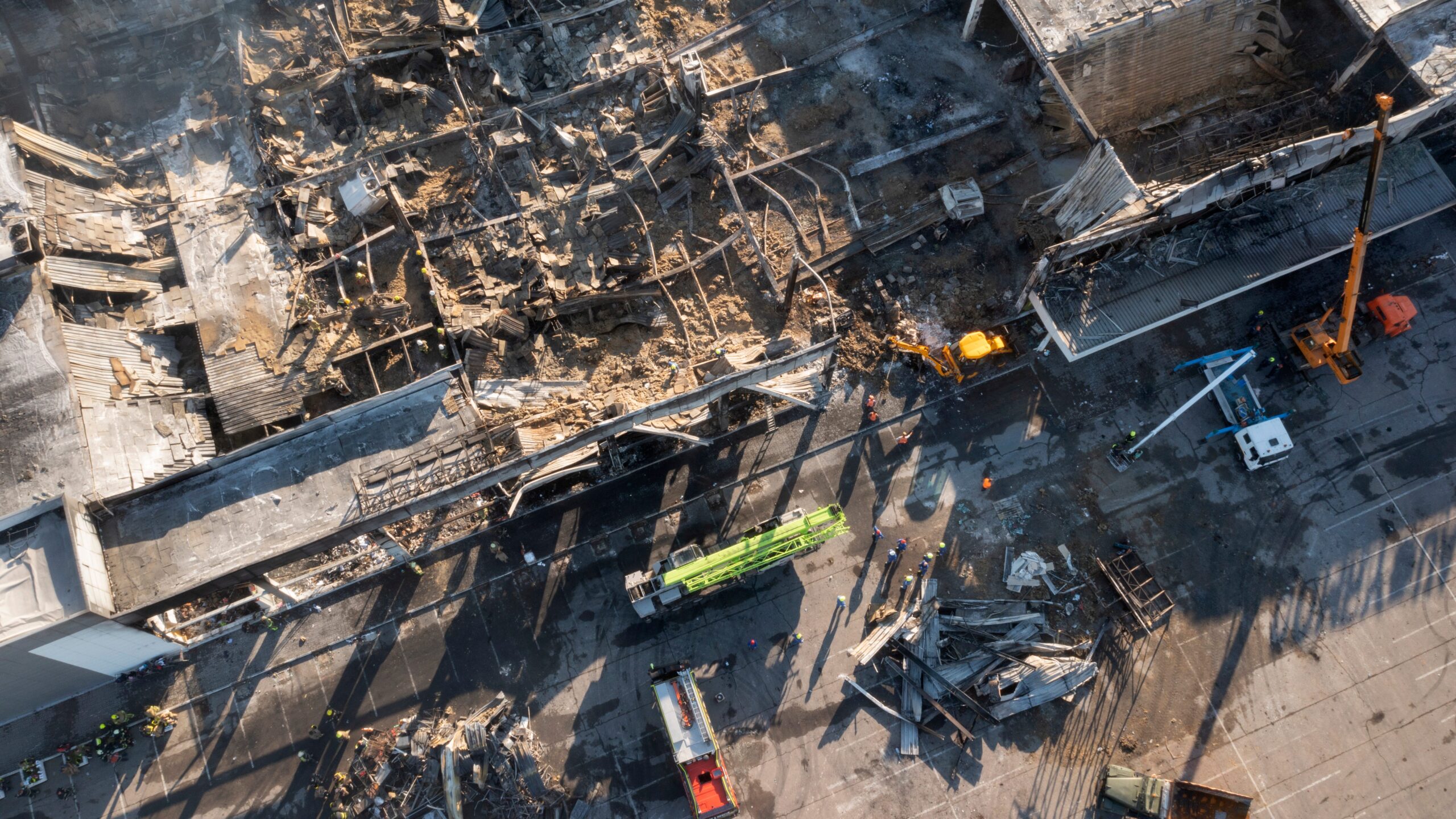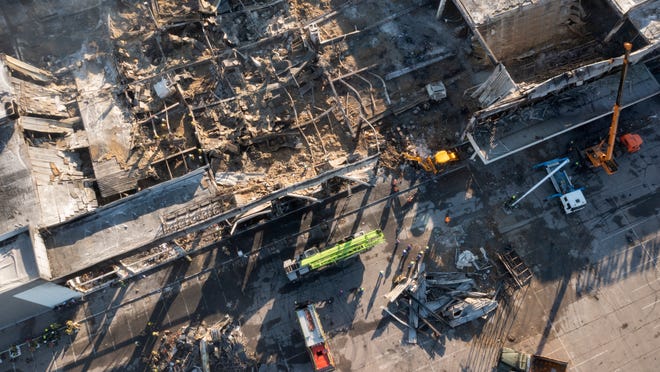Russian President Vladimir Putin has not changed his goals in Ukraine even though they don’t seem realistic, the top U.S. intelligence official said Wednesday.
Avril Haines, the Director of National Intelligence, foresees a long, “grinding struggle” in which Russia retains the parts of the eastern Donbas region it already controls and consolidates its hold over the south by the fall but likely doesn’t get beyond that.
Speaking at an event in Washington, Haines said Putin “has effectively the same political goals that he had previously, which is to say that he wants to take most of Ukraine” and push it away from NATO.
“We perceive a disconnect between Putin’s near-term military objectives in this area and his military’s capacity, a kind of mismatch between his ambitions and what the military is able to accomplish,” she said.
Russia continues to make incremental advances in Lysychansk, the last city in Luhansk province it doesn’t command. The invading forces and their separatist allies control 95% of Luhansk and about half of Donetsk, which make up the mostly Russian-speaking Donbas.
USA TODAY ON TELEGRAM:Join our Russia-Ukraine war channel to receive updates straight to your phone
Latest developments
►The government of Syrian President Bashar Assad, which remained in power thanks to the 2015 intervention of Russian forces amid a civil war, said it will recognize the “independence and sovereignty” of Ukraine’s separatists eastern republics in the Luhansk and Donetsk provinces.
US will expand military presence in eastern Europe, Biden says
On the same day NATO formally invited Sweden and Finland to join the security alliance, President Joe Biden said the U.S. will increase its military presence in eastern Europe amid Russia’s invasion of Ukraine.
Upon arriving at the NATO summit in Madrid on Wednesday, Biden announced the U.S. would establish its first permanent headquarters in Poland, maintain an additional rotational brigade in Romania and boost its rotational deployments in the Baltic region.
The troops in Poland would represent the first permanent U.S. forces on NATO’s eastern flank. The alliance plans to build up stocks of equipment and ammunition in the east and increase almost eightfold the size of its overall rapid-reaction force, from 40,000 to 300,000 troops, by next year.





